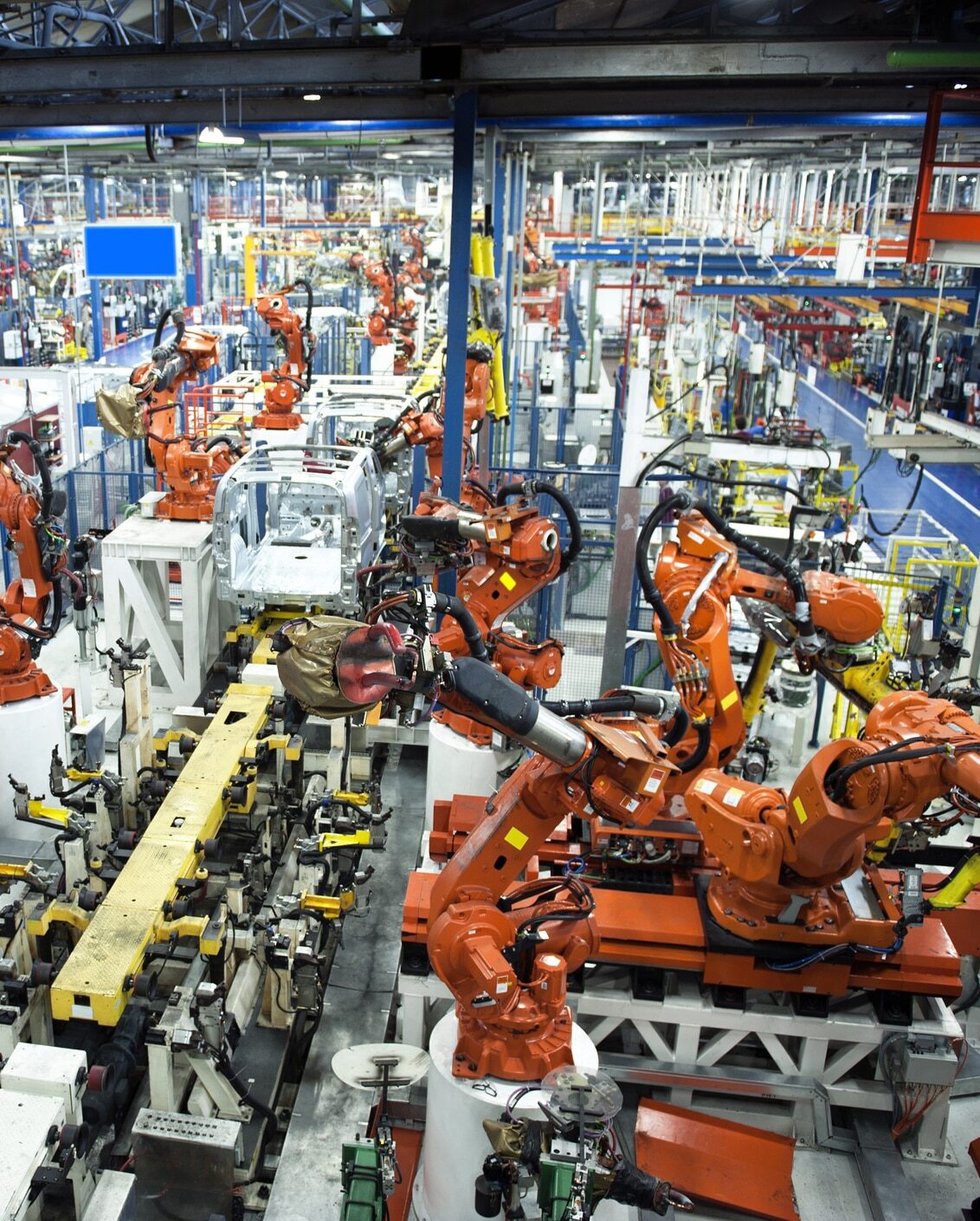

What is lean manufacturing?
Lean manufacturing, in simple terms, is the implementation of systems designed to reduce waste during manufacturing.
The underlying principle is that if something in the manufacturing process doesn’t add value to the end customer, it’s not worth doing.
In theory, it should not only eliminate waste but also improve quality, increase productivity, and reduce costs.
There are five principles of lean manufacturing which are:
- Identify value: This refers to the value determined by the customer and how much they are willing to pay for the product or service. Eliminating waste and increasing the value for the customer will lead to higher profit margins.
- Map value stream: The value stream is the entire lifecycle of the product, from sourcing the raw materials right through to disposal. Mapping this out can help to identify key areas to address. While this isn’t a simple process and can involve collaboration between multiple departments across a business, it can be a highly rewarding exercise.
- Create flow: The flow of the manufacturing process is how freely the process happens without delays or functional barriers. Barriers lead to additional costs, and by streamlining these processes, higher profit margins can be achieved.
- Establish pull: A pull system in manufacturing is a system better suited to respond quickly to changing demand. It relies on flexibility, communication and efficient processes to produce only what is needed, based on customer demand.
- Seek perfection: The founder of Toyota, Kiichiro Toyoda, once famously said, “The company’s future depends on the ability to improve every day”. He believed in creating a culture where every member of staff sought perfection, ensuring that the company would continually strive to be better through small, incremental improvements to processes. Lean manufacturing is less of a destination, and more about the ongoing journey towards perfection according to this principle.
How lean manufacturing is applied to automotive manufacturing
Lean manufacturing is used across car manufacturing to reduce waste, although there are a variety of ways to implement it. Here, we’re going to take a look at a few of these different methods to determine which might be the best approach, taking into account the complexity, scale, and high customer expectations of the automotive industry.
Eliminating Waste (Muda)
Muda is a term that means waste in Japanese. Muda identifies seven key principles that help to reduce waste and improve efficiency, which are as follows:
- Overproduction: Excess inventory will cause excess warehousing costs, which might lead to increased cost to the customer. Unfortunately, this doesn’t automatically improve the value offered to the customer. Producing the products exactly as they are needed can allow for savings to be passed along to the customer, while also avoiding issues relating to availability and service.
- Waiting: Waiting for workers or machines leads to delays. Streamlining processes so that there is as little waiting time as possible will translate to a more efficient workplace that can lead to savings for customers.
- Transport: Transportation not only adds time but will also incur costs. Reducing the movement of parts or materials between locations will help to minimise wasted time and costs.
- Excess inventory: From overproduction, we get excess inventory. Holding more inventory than needed, ties up capital and increases storage costs, which in turn will likely result in higher costs for customers. Just-in-time (JIT) manufacturing aims for a product to leave the factory as close to it being needed as possible.
- Excess motion: Over time, the extra 10 seconds needed for a worker to move from A to B, adds up. Scale that over a whole production line, and you might have hundreds or thousands of man-hours being wasted. Reducing this will improve efficiency and add extra value to the customer.
- Defects: Defects are bound to happen in manufacturing but reducing them is an ideal way to avoid rework, scrap, or dreaded customer complaints. Being aware of these defects can help to reduce overall costs.
- Overprocessing: When more work than necessary is done to create a product, it creates waste. Looking at the individual steps within your manufacturing processes can help you determine where the inefficiencies lie, such as broken equipment or human error.
The Toyota Production System (TPS)
The Toyota Production System is world-famous and could be considered the blueprint for manufacturing processes. It introduces two main concepts.
Jidoka
This principle places a strong emphasis on using automation to improve process quality while maintaining a human touch. Employees have the authority to halt production if they notice an issue, such as a flaw in a vehicle component. This minimises rework and lowers the likelihood of producing vehicles with defects.
Kanban
A kanban system is used to indicate when supplies are required. It can be used in the automotive industry to guarantee that parts are delivered to the assembly line only when required, avoiding both stock outages and overstocking issues.
Using these methods means that quality is maintained throughout the production line rather than relying on end-of-line quality checks.
Continuous Improvement (Kaizen)
Kaizen, or continuous improvement, is at the heart of lean manufacturing within the automotive industry. It is based around making small, incremental improvements to processes over time. In a car manufacturing plant, this could include:
Employee Involvement
Employees are encouraged to offer suggestions for increasing productivity, cutting waste, and raising quality. Employee involvement allows the people who are most familiar with the production process to identify issues and potential solutions. This style of working is closely linked with the Jidoka strategy of automation with a human touch.
Problem-Solving Teams
Small, cross-functional teams are frequently formed to investigate production problems, test fixes, and implement changes that improve workflow, reduce downtime, or maximise quality standards.
Poka-Yoke (Error-proofing)
This approach involves creating procedures and systems that prevent mistakes. Workers on assembly lines, for instance, might employ sensors or specialised tools to stop parts from being installed incorrectly, guaranteeing that errors are detected before they have an impact on the finished product.
Total Productive Maintenance (TPM)
To maintain the flow of production, car manufacturers implement Total Productive Maintenance (TPM), which involves proactive maintenance of equipment to avoid unplanned machine downtime.
Preventive Maintenance
Preventative maintenance is like servicing a car. By carrying out regular checks and changes to the machinery, it’s less likely to go down at a time you need it most.
Autonomous Maintenance
Operators are taught to conduct regular inspections and repairs to their workspace or machinery, reducing the chance of issues occurring and ensuring full working order throughout the production process.
These are just some of the ways that lean manufacturing can be used to reduce waste, save time, and deliver a better product to the customer.
By using JTAPE premium tapes, you can ensure that a high-quality finish is delivered every time while also improving efficiency. Our range of OEM Tapes & Supplies is specifically designed to save time while maximising the quality of the production.

